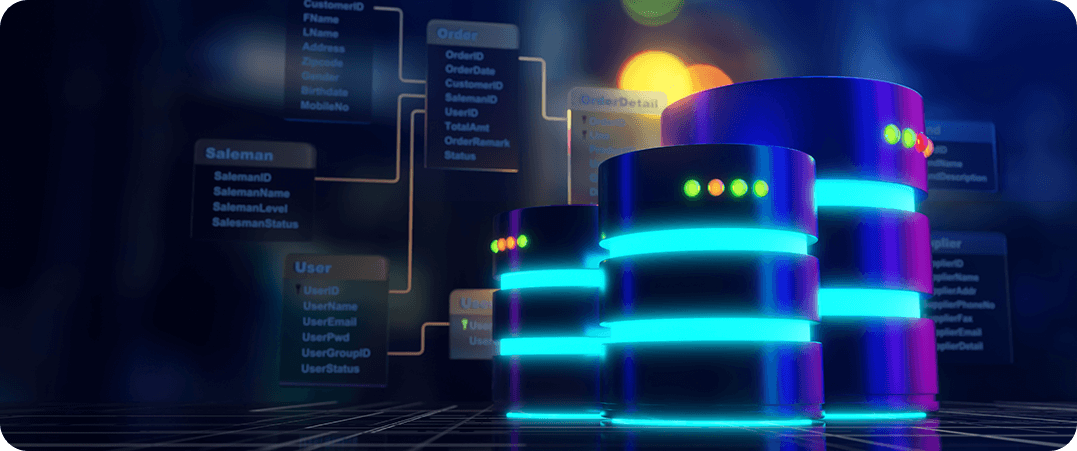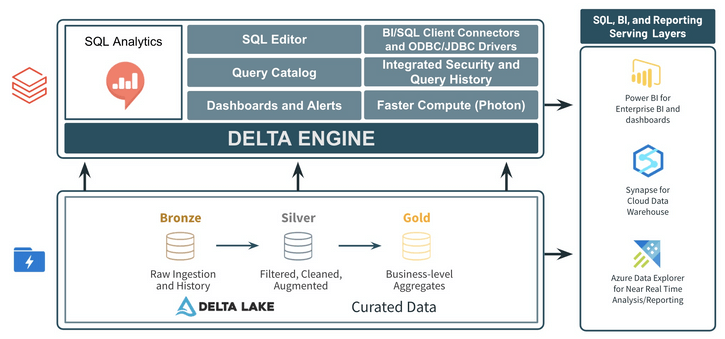
Getting Started with Databricks SQL for Beginners
Understanding Databricks SQL for Big Data Analytics
Databricks SQL: A Complete Beginner’s Guide
What is Databricks SQL?
Key Features of Databricks SQL for Data Analytics
Step-by-Step Guide to Running SQL Queries in Databricks
Integrating Databricks SQL with Big Data Workflows
Benefits of Databricks SQL for Beginners
Optimizing Big Data Queries with Databricks
Practical Examples of SQL in Databricks
Common Use Cases for Databricks SQL
In today’s data-driven world, organizations are increasingly looking for tools that can handle massive datasets while delivering actionable insights at speed. Databricks SQL stands out as a key solution, blending the simplicity of SQL with the power of Apache Spark to offer a highly scalable and user-friendly environment for querying large data lakes. Whether you’re exploring data trends, running complex queries, or integrating with advanced machine learning workflows, Databricks SQL provides a seamless and robust platform to meet your analytics needs. This beginner’s guide will walk you through the foundational steps to get started and make the most of its versatile features.

What is Databricks SQL?
Databricks SQL is a high-performance, fully managed SQL environment that allows you to run queries on data stored in your data lake. It’s part of the broader Databricks Lakehouse Platform, which integrates data engineering, data science, and machine learning in a single unified environment. Databricks SQL is designed to be user-friendly for those familiar with SQL while also offering the scalability and performance required for big data analytics.
Why Use Databricks SQL?
Getting Started with Databricks SQL
To start using Databricks SQL, you’ll need to set up a Databricks workspace, which is where you’ll run your queries, manage data, and build visualizations. Here’s a step-by-step guide to get started:
Step 1
Set Up Your Databricks Workspace
- Create an Account: If you don’t have a Databricks account, sign up on the Databricks website. You can start with a free trial to explore the platform.
- Create a Workspace: Once your account is set up, create a new workspace. The workspace is where you’ll organize your data, notebooks, and queries.
- Choose a Cluster: Databricks SQL runs on clusters, which are groups of virtual machines that execute your queries. You can either create a new cluster or use an existing one.
Step 2
Explore the SQL Editor
- Navigate to SQL Editor: In your Databricks workspace, go to the SQL Editor. This is where you’ll write and execute SQL queries.
- Write Your First Query: Start by writing a simple SQL query to explore your data. For example, you can use `SELECT * FROM table_name` to retrieve all rows from a table.
- Run the Query: Click on the “Run” button to execute your query. Databricks SQL will process the query and return the results in a table format.
Step 3
Work with Data Visualizations
- Create Visualizations: Databricks SQL allows you to create visualizations directly from your query results. This can help you identify trends and patterns in your data.
- Build Dashboards: Combine multiple visualizations into a single dashboard for a comprehensive view of your data. Dashboards can be shared with others in your organization.
Step 4
Integrate with Other Tools
- Connect to BI Tools: Databricks SQL integrates with popular BI tools like Tableau, Power BI, and Looker. This allows you to use your preferred tools for data visualization and reporting.
- Use SQL Endpoints: SQL Endpoints in Databricks SQL enable you to connect to external data sources, making it easier to query data from different systems.
Step 5
Optimize Your Queries
- Leverage Built-in Optimization: Databricks SQL comes with built-in optimization features like query caching and indexing. These features help improve the performance of your queries.
- Monitor Query Performance: Use the Query History feature to monitor the performance of your queries. This allows you to identify and address any performance bottlenecks.
Extra Tips for Databricks SQL Success
- Learn SQL Fundamentals: While Databricks SQL is user-friendly, having a solid understanding of SQL will help you make the most of the platform. There are many free resources online to learn SQL basics.
- Explore the Databricks Community: The Databricks community is a valuable resource for learning and troubleshooting. You can find tutorials, forums, and user groups to help you along the way.
- Experiment with Sample Data: Databricks provides sample datasets that you can use to practice writing queries and building visualizations. This is a great way to get hands-on experience.
- Stay Updated: Databricks frequently releases new features and updates. Keep an eye on the Databricks blog and release notes to stay informed about the latest enhancements.
Conclusion
Databricks SQL represents a pivotal shift in how organizations approach big data analytics, offering a unified platform that bridges the gap between traditional SQL querying and modern data engineering workflows. As you explore its features, from building insightful visualizations to optimizing query performance, you’ll find that Databricks SQL is more than just a tool—it’s a gateway to making data-driven decisions with confidence. With this guide, you’re well on your way to mastering Databricks SQL and harnessing its full potential.
Happy querying!


